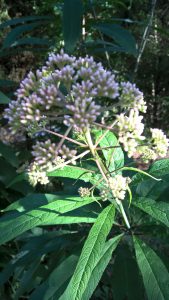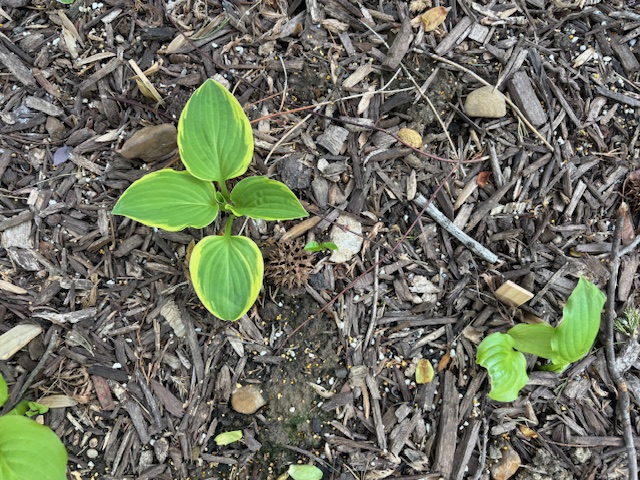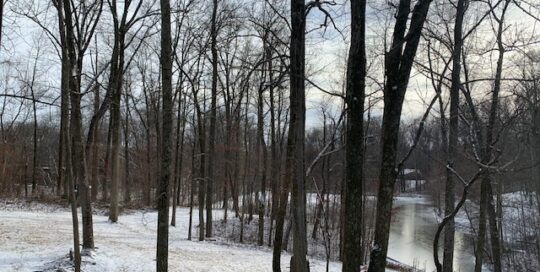A Weed by any Other Name…
Views: 5377

“What’s in a name? That which we call a rose
By any other name would smell as sweet.”
I hesitate to argue with William Shakespeare, but I wonder if his play of “star-cross’d lovers” would have been as big a hit if the main characters were Ralph and Gertrude instead of Romeo and Juliet?
Other examples? Notice how food sounds so much more enticing in French? Haricots vert instead of green beans; pommes de terre instead of potatoes; pot du crème instead of custard? How about vichyssoise instead of cold potato soup?
Some really beautiful flowers suffer from not-so-flattering names: butterfly weed; Joe-Pye Weed; sneezeweed – poor things!
Butterfly weed (Asclepias tuberosa)
This was also called “pleurisy root” or “Chigger weed” back in the day, which doesn’t sound too good either. A member of the milkweed family, native to the central U.S. and a host plant for Monarch and Queen caterpillars, it’s hardy in Zones 4 through 9. It will grow about 1 to 3 feet tall and wide, isn’t aggressive, although it does re-seed. It grows on poor soil, needs little maintenance and is drought tolerant. All it asks for is a lot of sunlight and well-drained soil.
Although it’s got a deep taproot, and can be difficult to move, I recently transplanted several to a sunnier location with decent soil. They looked a little wilted for a while, but I watered them almost every day and now they look as if they will do fine.
The bright yellow to orange flowers are showy and irresistible to hummingbirds, butterflies and other pollinators. It’s even deer-resistant (yay!). Plant several in a group in full sun and they will light up your garden. There are cultivars, such as “Gay Butterflies” which is a commercial seed mix with varied flower colors and “Hello Yellow” has yellow blooms.
Joe-Pye Weed (Eupatorium purpureum)
This is another North American native adored by butterflies. “Joe-Pye” comes from a Native American word “jopi”. This big guy can grow five to seven feet tall, so bear that in mind when you think about where to plant it. Hardy in Zones 4 through 9, it likes full sun to part shade, but the one in my garden gets very little sun and still blooms. Mine is blooming now (see photo); the blossoms are mauve –ish pink and fragrant. It’s tolerant of clay soil, doesn’t mind moist soil and is deer resistant. Plant this one in the back of your garden, en masse for an amazing show. You don’t even need to fertilize!
If your garden just doesn’t have room for such a tall plant, try “Little Joe” (Eupatorium dubium) which grows three to four feet tall.
Sneezeweed (Helenium autumnale)
Doesn’t that name make you want to go out and plant a dozen? It didn’t get its name because it makes you sneeze, really! In the past, the dried leaves and blossoms were used for snuff – you would sniff up the dried leaves into your nose and of course, you would sneeze. Why anyone thought this was a good idea, I can’t imagine!
Sneezeweed is hardy in Zones 3 to 8, it can grow three to five feet tall; needs full sun; medium to wet soil and tolerates clay soils. Yellow, daisy-like flowers appear in late summer to early fall – it’s a good season extender, providing nectar for bees and butterflies. There are cultivars available with yellow, red and orange flowers, shorter heights, earlier blooms, etc.
Moral of this story? Don’t judge a plant by name, give it a place in your garden – it might be a Romeo (or Juliet) in disguise!
Meet Dona Bergman
Dona Bergman is a founding member, Southwest Indiana Chapter of the Indiana Native Plant & Wildlife Society, and an Advanced Master Gardener.







